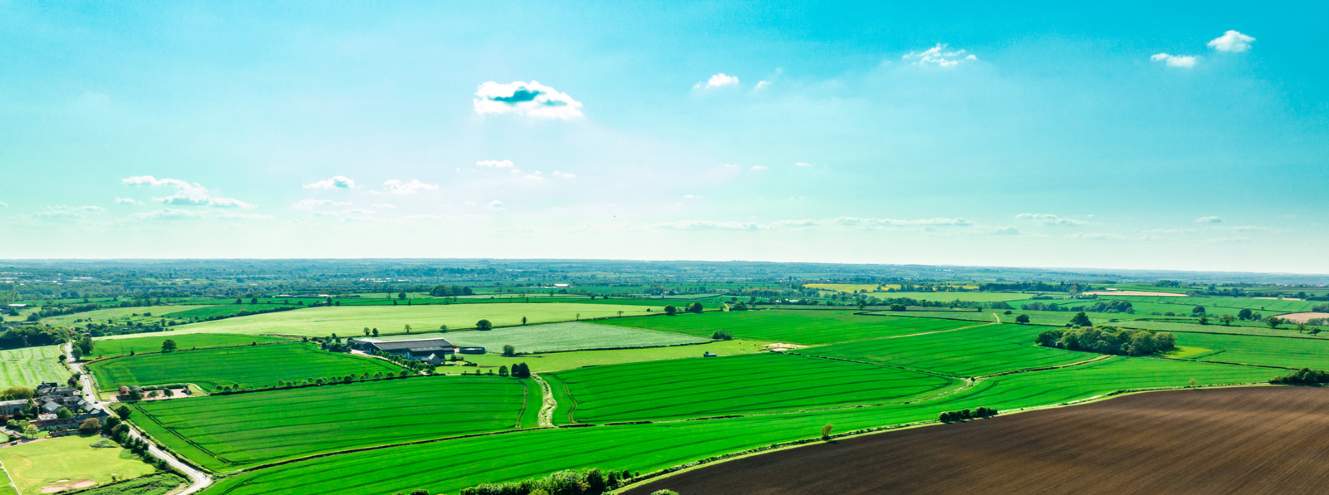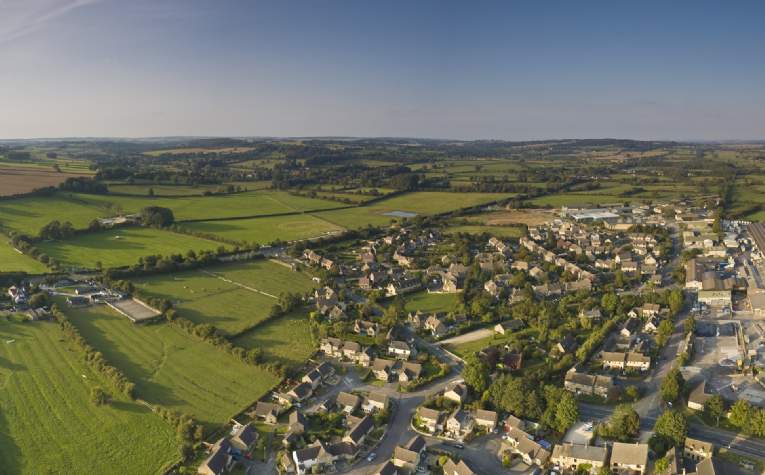Increased supply and rising prices: here are some of the key findings for the GB farmland market in 2023.
Supply of farmland increased
By the end of June, 85,400 acres of lowland farmland were launched onto the public market in Great Britain, which is 16 per cent more than the same period of 2022, and the most since 2018. This exceeds the half year 10-year average of 84,300 acres. If during the remainder of the year the acreage marketed continues its upward trajectory, the year-end total could reach 152,000 acres, which means supply will have recovered to its longer-term average a year earlier than we forecast in our Cross Sector Outlook in January.
Volume of smaller farms for sale on the rise
The number of 50-to-100-acre parcels of bare lowland offered for sale has substantially increased. Analysis of the first six months of each year shows from 2009 to 2021 across GB, when interest rates were consistently low, an average of 55 farms were launched. In contrast, the average for 2022 and 2023, since interest rates have started to rise, is 79 farms, an increase of 44 per cent. This difference has been particularly notable in the North where the average has almost doubled from 10 to 19.

.jpg)
.jpg)

.jpg)
.jpg)
.jpg)
.jpg)
.jpg)
.jpg)
